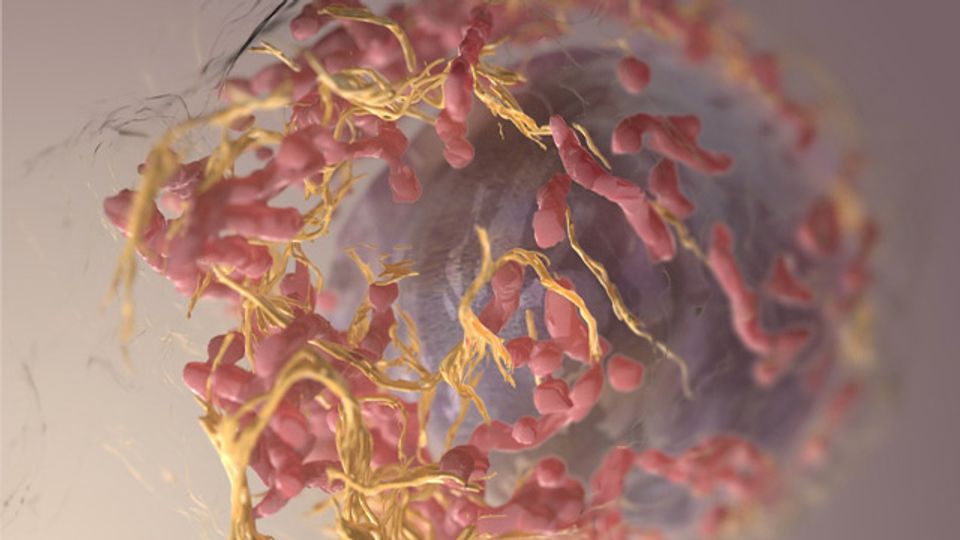Surgical Dressing Prevents Melanoma Recurrence and Promotes Healing

Complete the form below to unlock access to ALL audio articles.
A new type of dressing for post-surgical treatment of melanoma has been created by scientists who have discovered a new method for making a material that can kill cancer cells and simultaneously regenerate healthy ones.
Scientists from the University of Nottingham have combined graphene oxide, elastin, and ethanol to develop a new method to make this material conductive so it can be heated to kill melanoma cells but not other cells around it. The research has been published in Advanced Functional Materials.
Surgical resection (the process of removing a piece of tissue) is a common treatment for skin melanoma but can lead to post-operative recurrence, which can need further surgery plus chemotherapy and radiotherapy. It can also be hard to treat due to tumour cells often developing resistance to treatments. The use of Photothermal Therapy (PTT), which relies on conductive materials that can convert light into heat to kill cancer cells, is being explored as a new treatment and this new research demonstrates how this could be applied using a dressing with minimal exposure to light needed.
Graphene oxide (GO) offers the possibility to be integrated with other materials such as proteins and the team has used this approach to assemble thin GO-elastin membranes that promote cell growth. However, GO is not conductive enough. Making it conductive usually requires harsh processes and high temperatures of over 140 °C that limits its use. In this study, the researchers developed an innovative method to make GO conductive in an efficient manner but requiring lower temperatures (85 °C). This process enabled the fabrication of GO-elastin materials that are conductive and can promote the growth of immune boosting endothelial cells to promote regeneration and healing.
Using this method, dressings have been created that only need to be heated using Near Infrared light (NIR) for 15 seconds every 48 hours to be effective. NIR is currently used for some skin treatments and can be delivered by the patient at home. The addition of the ethanol in the dressing means it is also sterile, promoting healing and reducing the risk of infection.
Professor Alvaro Mata from the University of Nottingham explains: “We know that graphene oxide (GO)-protein materials offer huge potential for biomedical devices but the need for harsh processes to make graphene oxide conductive at high temperatures has limited their use. Our new method offers a solution to this, enabling the fabrication of protein-based materials with both efficient photothermal conductivity and bioactive properties. These materials could be used as dressings for post-surgery treatment and healing of skin cancer, operating within a narrow temperature window where “bad” cells are killed and “good” cells are not.”
Dr Yuanhao Wu, a biomedical engineer and plastic surgeon who led the study said: “Given the aggressive nature of melanoma, surgical resections to remove it have to be significantly larger than the size of the tumours to minimize the presence of residual cells. This creates a new wound and delays healing. Beyond the prevention of tumour recurrence and promotion of tissue healing, our dressings could also lead to smaller surgical resections and practical post-surgery treatments that are non-invasive and could be delivered at home.
Reference: Wu Y, Yang J, van Teijlingen A, et al. Disinfector-Assisted low temperature reduced graphene oxide-protein surgical dressing for the postoperative photothermal treatment of melanoma. Adv. Funct. Mater. 2022:2205802. doi: 10.1002/adfm.202205802
This article has been republished from the following materials. Note: material may have been edited for length and content. For further information, please contact the cited source.

